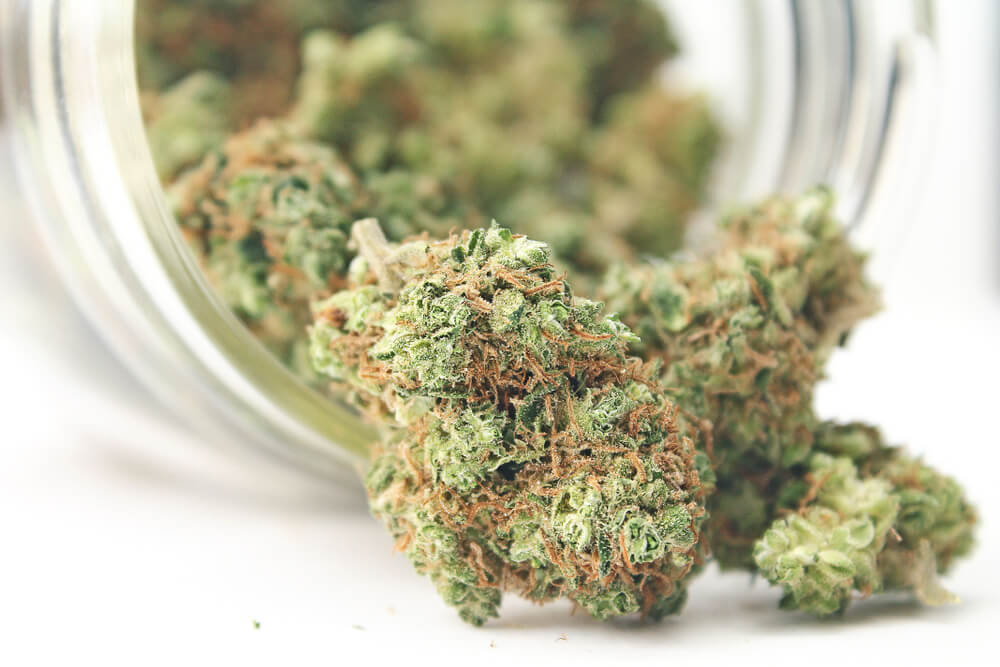Hemp Houses: Bricks Of The Future?

Building hemp houses may be classed as the ‘bricks of the future’ but throughout history, hemp has shown just what a versatile plant it is when it comes to construction.
Many will be aware that hemp is currently and has been used down the centuries to produce such things as ropes, sailing masts (and boats!), as well as clothing. What may not be so well known is the historical use of hemp in construction.
As far back as the 6th century the Merovingians in what is now known as France used mortar made from hemp to construct the pillars of bridges. Equally well-known to building historians is the fact that the Romans often used hemp fiber for mortar reinforcement when constructing buildings.
With this historical evidence of just how effective hemp is for construction, we will take a look at today’s situation. Before that though, one thing needs to be put to bed…
Living In Hemp Houses Will Not Get You High!
While hemp and marijuana plants are the same species. There is one significant difference. Marijuana contains healthy amounts of THC and it is this cannabinoid that gets users high when consumed. On the other hand, hemp contains either no or very little THC, and try as you might, it will not give the high that increasing numbers of people seek.
This means it is possible to build a hemp houses as large and as high as you can afford but you will have no concerns about getting high from the hemp material used to construct it!
What Is Hempcrete?
Also known as hemp-concrete, hempcrete is classed as a bio-composite. It is produced from the hemp plant’s inner wood core and then mixed with lime as well as other natural materials.
Due to the strength and robustness of hemp, the plant grows without needing any protective chemicals. It requires very little water to grow, it can be harvested up to 3 times per year, and this robust plant contributes to the regeneration of agricultural soil. On top of that, hemp has an extremely high tensile strength.
These factors should tell anyone looking for a highly environmentally friendly plant species that wherever they look they will struggle to find better.
While there is a reasonable variety of different products available in the market that are made with hempcrete it is hempcrete blocks that are favored and most widely used in the construction industry. As will be seen, this is down to the fact that amongst other things hempcrete blocks are lightweight, durable, and afford good insulation.
Benefits And Barriers Of Hemp House Construction
While there are some huge benefits to using bricks made from hemp for house construction there are currently barriers that outweigh mass hemp houses-building projects.
Let’s take a look at each starting with…
The Benefits Of Using Hemp For House Construction
Here are 5 reasons why hempcrete blocks offer an excellent solution to building hemp houses:
- As a construction material hempcrete blocks are extremely eco-friendly as well as energy efficient.
- Because they assist with temperature regulation, they can regulate a building’s temperature. They also contribute to ‘breathable’ walls and offer a healthy indoor environment for occupants.
- Hempcrete blocks afford good sound and heat insulation properties. They also offer fire resistance abilities and are known to be disaster-resistant which works to ensure building safety.
- Being very lightweight, hempcrete blocks can easily be transported from one place to another.
- As well as being classed as a sustainable construction material, hempcrete blocks make construction easy and fast.
The Barriers To Using Hemp For House Construction
To match the above 5 benefits of using hemp for house construction here are 5 barriers that make hempcrete blocks a challenge when it comes to use in constructing hemp houses.
From there we will touch on three major factors that industrial hemp growers, manufacturers, and the construction industry need to overcome if hemp is to become a major force in housebuilding.
- Because walls constructed using hempcrete blocks are thicker in size than other materials used (i.e. concrete bricks) this can lead to a reduction in the carpet area of a house.
- As well as having low compressive strength, hempcrete has a low elastic modulus. This makes it unsuitable for direct loads.
- Following on from the point above, hempcrete cannot be used to support heavy loads and therefore requires frames to complement these loads.
- Hempcrete blocks cannot be used to construct the foundations of buildings.
- While hempcrete knowledge is growing in the construction industry it is still the case that many builders lack real knowledge of how it should be used during construction.
Hemp For House Construction – 3 Major Hurdles To Overcome
It is regularly touted by governments of the world and various environmental organizations just how imperative it is that all industries need to become more environmentally aware and environmentally friendly in the materials used as well as their working methods.
In that respect, industrial hemp growers, hempcrete manufacturers, and the construction industry (along with many, many others in different business sectors) certainly have a long way to go.
With that in mind, here are 3 major hurdles that those involved in the hemp arena need to overcome when building hemp houses to become a recognizable force.
Industrial hemp growers
Growing hemp as an agricultural crop is way down the list of many farmers’ priorities. Indeed, they are prioritizing other crops as far more important.
In one sense, this is fully understandable because established crops already have mature growing, distribution, processing, and firm methodology in place. It is clear that as opposed to hemp, other crops are firmly entrenched in well-established markets.
Some go-ahead farming enterprises are making strides in growing industrial hemp. However, this needs expanding to push industrial hemp growing and to ensure capacity is much more widely available.
Hempcrete manufacturers
Again, those involved in the manufacture of hempcrete blocks are struggling for raw material supply. This shortage means there are not enough manufacturing facilities or hemp to meet the construction industry’s needs. While hempcrete manufacturing is increasing it still has a long way to go when iit comes to hemp houses.
Construction industry
Strides are being made in terms of hempcrete use for building projects. However, compared to traditional methods this is a very small percentage of the worldwide construction industry use.
Add to this the fact that initial costs for constructing houses using hempcrete tend to be higher than using traditional materials. This makes it understandable why hemp houses and projects are currently limited to specific, smaller home-building projects.
Inroads are being made
In certain states in the USA and countries (not limited to) such as Australia, United Kingdom, Holland, and Germany, go-ahead construction companies are making big strides in the building of houses made using hempcrete.
All construction companies in this arena should be applauded. This makes it very important that anyone considering a new individual house build or those involved in larger house-building projects to strongly consider the use of hempcrete in their next project.
If you have enjoyed this article about building hemp houses and would like to delve deeper into the worlds of hemp and cannabis please click here.







